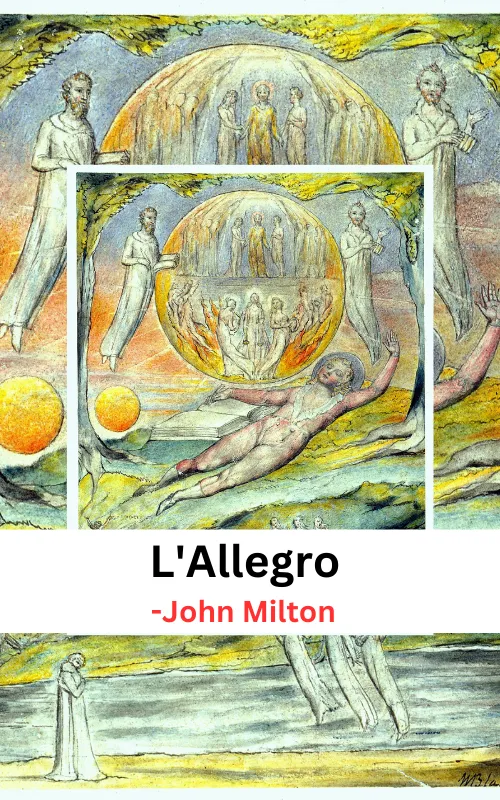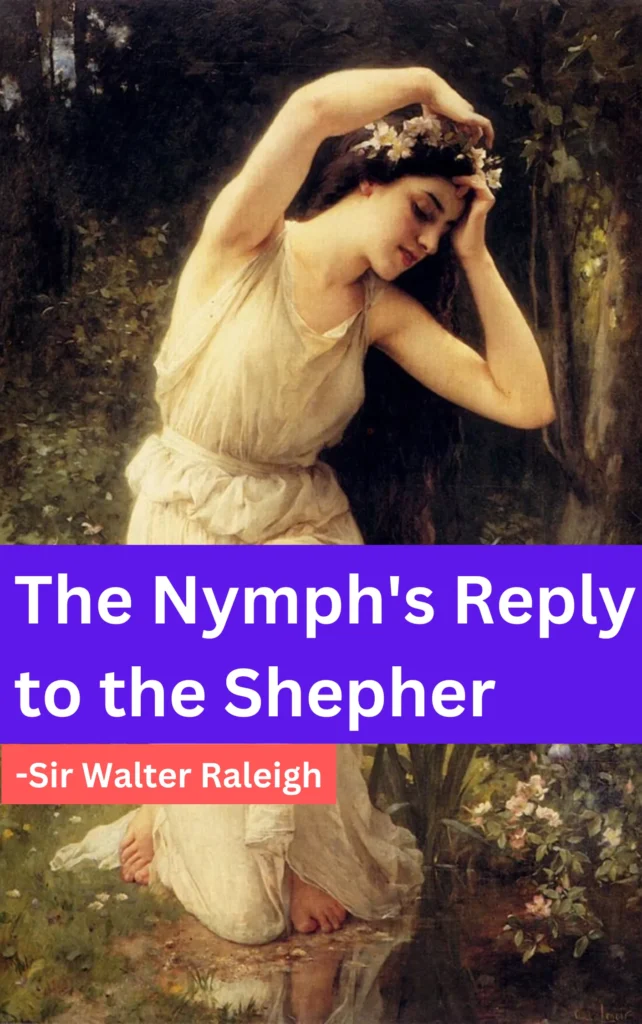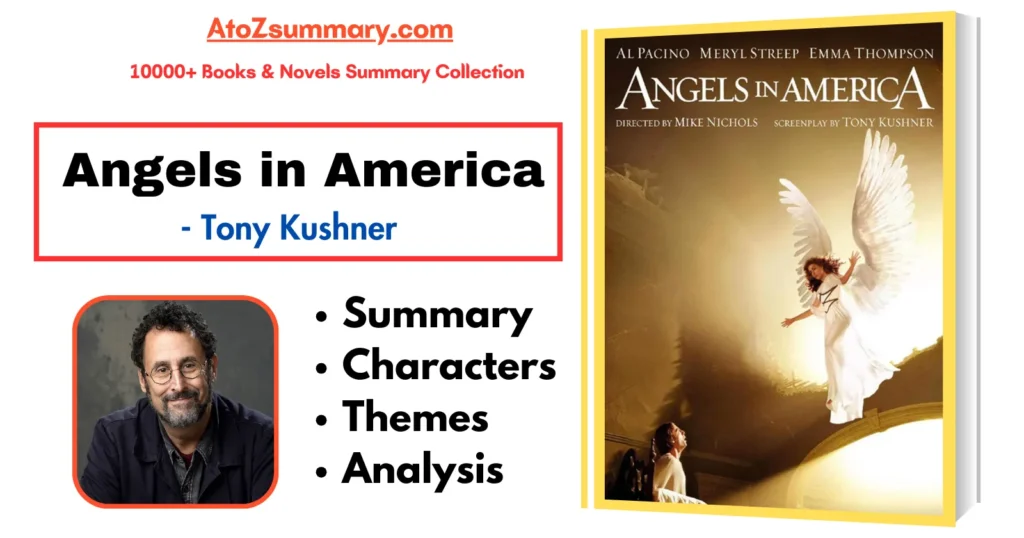About Poem: L’Allegro
| Title | L’Allegro |
| Author | John Milton |
| Year of publication | 1645 |
| Genre | Pastoral, lyric |
| Verse form | Rhymed octosyllabics |
| Speaker | The poet |
| Subject | The joys of a spring day and the pleasures of the senses |
| Major Symbols | – Nature, music, and various forms of entertainment – Contrast between light and dark, day and night |
| Key Motifs | – Mirth, dancing, laughter, and revelry – Artistic and cultural pursuits – The harmony of the natural world |
| Structure | Consists of 104 lines in rhymed quatrains (four-line stanzas) |
| Setting | A variety of locations, including a rural landscape, a city, and a tavern |
| Major themes | Mirth, pleasure, the senses, the power of music, the beauty of nature |
| Key symbols | The goddess Mirth, the lark, the sunrise, the flowers, the shepherd, the plowman, the milkmaid, the tavern |
Themes: L’Allegro
The themes of “L’Allegro” by John Milton are:
- Joy and Celebration ➤ The poem celebrates a joyful and cheerful life, emphasizing the pleasures of mirth and happiness.
- Contrast and Balance ➤ It contrasts the cheerful, active life with the contemplative and thoughtful one (as seen in its companion poem “Il Penseroso”), highlighting the importance of balance.
- Nature’s Beauty ➤ “L’Allegro” revels in the beauty and harmony of the natural world, depicting scenes of the countryside.
- Art and Entertainment ➤ The poem explores the joy found in music, dance, and various forms of entertainment.
- Youthful Exuberance ➤ It portrays the exuberance and liveliness of youth through its descriptions of laughter, dancing, and playful activities.
- Simplicity and Contentment ➤ “L’Allegro” values the simple pleasures in life and contentment in one’s surroundings.
- Light and Dark ➤ The poem uses the contrast between light and dark, day and night, to emphasize its themes.
Watch Full Poem Summary of L’Allegro
L’Allegro Summary & Analysis
“L’Allegro” is a cheerful and lively poem written by John Milton. In this poem, the speaker contrasts the pleasures of a joyful and active life with the gloomy and solitary existence of the melancholy individual. The poem is divided into two parts: “L’Allegro,” which celebrates a happy and sociable life, and “Il Penseroso,” which focuses on the contemplative and introspective life.
Stanza 1
The poem opens by invoking the spirit of “L’Allegro,” or the cheerful person, and expresses a desire to bring joy and mirth to the day. The speaker calls on various deities associated with merriment and asks for their blessings.
Stanza 2
The speaker describes the “jocund” (cheerful) morning and asks it to bring along the “rosy steps of morn.” This suggests a sense of optimism and a love for the early hours of the day.
Stanza 3
The stanza mentions various images of morning, including the lark’s song and the sound of the shepherd’s pipe, which evoke a sense of joy and activity. Nature is alive and bustling with sound.
Stanza 4
The stanza continues to describe the lively morning scene, invoking the image of the “hounds and horn.” It highlights the pleasures of the countryside and the joys of hunting.
Stanza 5
The speaker wishes to partake in various outdoor activities like hunting and fishing. He wants to enjoy the “merry bells” and “greasy Joan.” The tone is one of revelry and enjoyment.
Stanza 6
The speaker expresses a desire to attend theatrical performances, watch dancing, and listen to music. These are all forms of entertainment that bring happiness and delight.
Stanza 7
The stanza celebrates the joys of the city life, including its bustling streets, markets, and night entertainments. It contrasts with the solitude of the melancholy individual.
Stanza 8
The speaker expresses a desire for the company of friends and likeminded people who share his love for laughter, jest, and social gatherings. He wishes for the “pleasing talk” and “wit that flies.”
Stanza 9
The stanza describes the delights of the night, with mirth and music filling the air. The speaker wants to join in the revelry and dance until the early hours.
Stanza 10
The poem concludes by asking for blessings from the various gods of joy and entertainment, such as Venus and Bacchus, to ensure a life filled with happiness, laughter, and sociable pleasures.
FAQs: L’Allegro
What does L Allegro symbolize?
L’Allegro symbolizes the joy of life.
What is L Allegro companion piece called?
L’Allegro’s companion piece is called Il Penseroso.
What sentiment does the poem L Allegro addresses in its opening?
The sentiment that L’Allegro addresses in its opening is the joy of life.
What does Allegro mean in literature?
Allegro means “cheerful” or “happy” in Italian.











